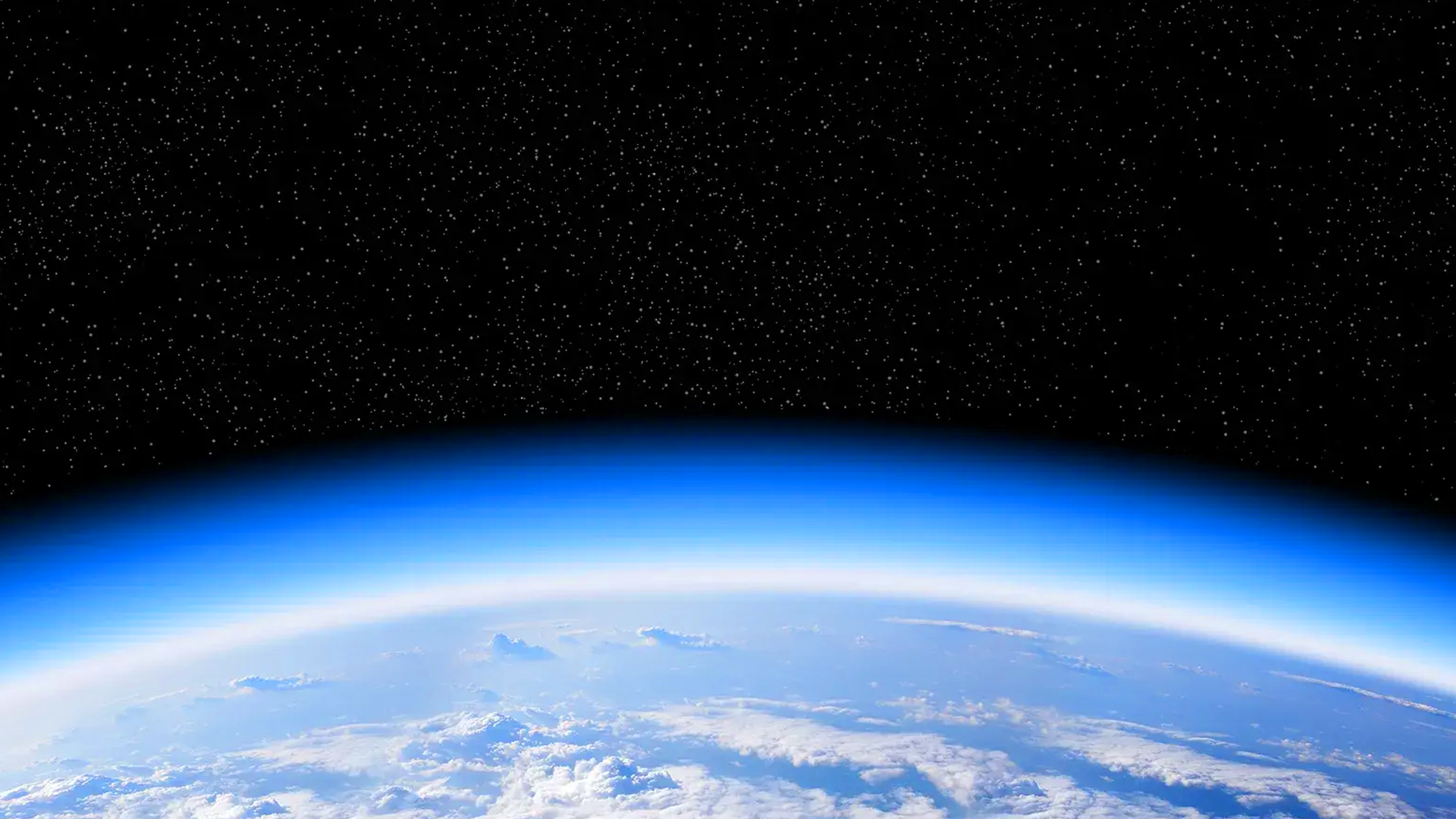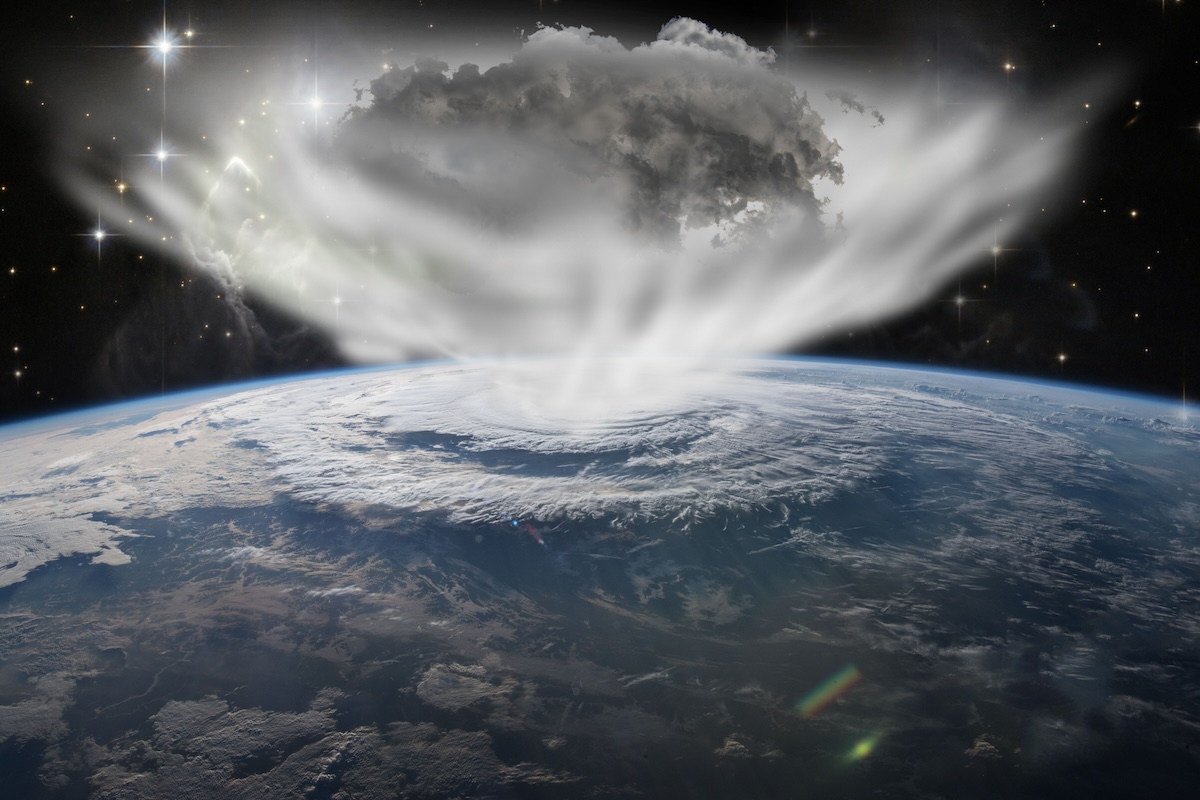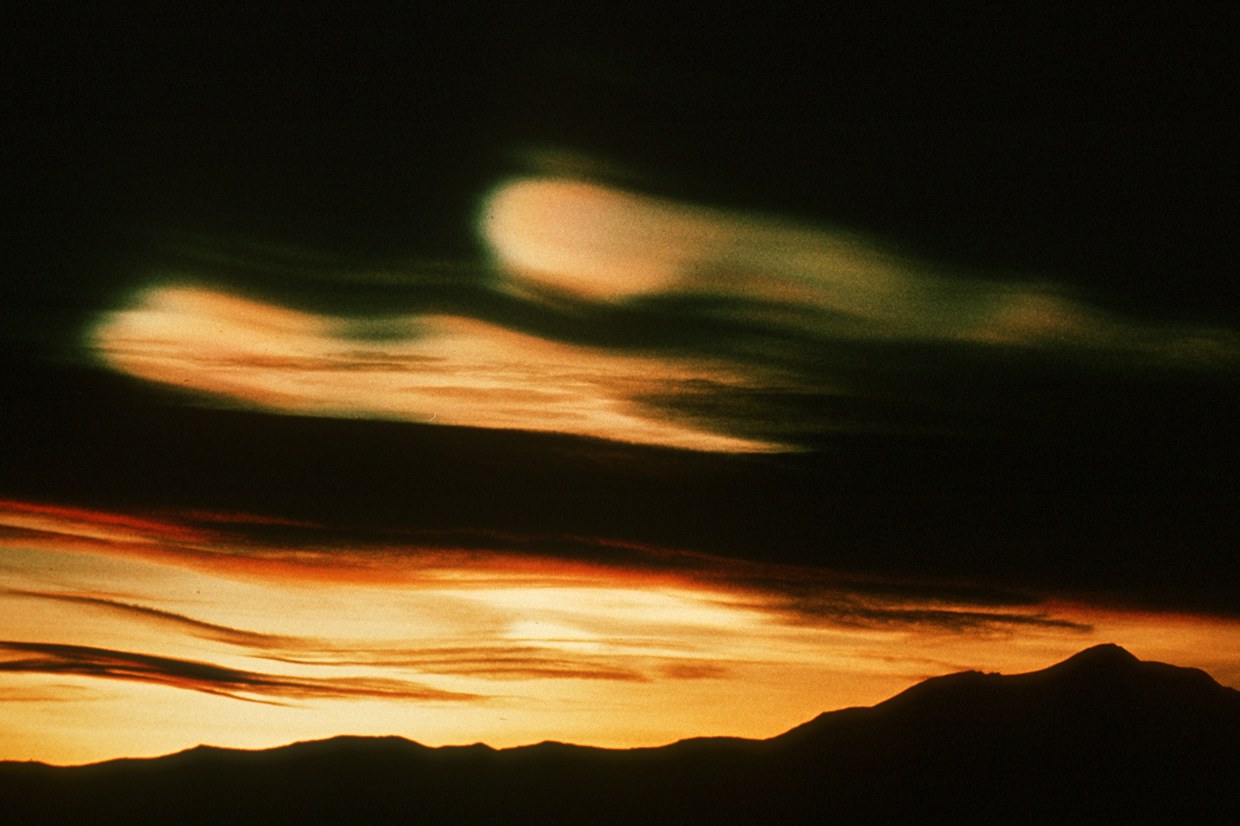The Ozone Hole: A Wake-Up Call from the Sky

Explore the chemistry, discovery, and global action behind the Antarctic ozone hole.
The Dive
The ozone layer is a thin layer of gas (O₃) that sits high above Earth, between 10 and 40 kilometers in the sky. Its main job? Block dangerous ultraviolet (UV-B) rays from the sun. Without it, people, animals, and plants could get seriously hurt just by being outside.
Back in the 1970s, scientists started warning that certain chemicals made by humans—especially CFCs (short for chlorofluorocarbons)—were breaking down the ozone layer. These chemicals were in everyday things like refrigerators, spray cans, and foam packaging. They seemed safe at first, but they weren’t.
In 1985, three British scientists—Joe Farman, Brian Gardiner, and Jonathan Shanklin—shared research showing that the ozone levels over Antarctica had dropped a lot. Basically, there was a giant hole in the sky where ozone used to be.
So, what was happening? CFCs would float up into the stratosphere (the layer above where weather happens). Once there, sunlight broke them apart, and they released chlorine. That chlorine then attacked ozone molecules, breaking them down into regular oxygen (O₂). One chlorine atom could destroy thousands of ozone molecules.
This was especially bad in Antarctica because it gets really cold there. The cold creates special clouds in the stratosphere that make it easier for chlorine to destroy ozone. When sunlight comes back in the spring, the destruction speeds up.
NASA used satellite images to confirm what the British scientists found: the ozone hole wasn’t just over one place—it stretched across the whole continent. People were shocked. World leaders paid attention. And, for once, governments acted fast.
In 1987, 46 countries signed the Montreal Protocol, a global agreement to stop using chemicals that harm the ozone layer. Over time, every single country in the world joined. Scientists now think the ozone layer could be fully repaired by the end of this century.
The Montreal Protocol didn’t just help the ozone—it also helped fight climate change. That’s because CFCs are powerful greenhouse gases, so removing them helped cool the planet too.
The ozone hole still shows up over Antarctica each spring, but it's getting smaller. CFCs stay in the atmosphere for a long time, so full recovery takes time. But this story shows that when people work together, we can actually fix big environmental problems.
Why It Matters
The discovery of the ozone hole was a slap-in-the-face reminder: humans have the power to wreck—and protect—the planet. The fast, unified global response became a blueprint for climate action. It proves that when science is taken seriously and the world works together, real change is possible.
?
How do CFCs destroy ozone molecules in the stratosphere?
Why was the ozone hole worst over Antarctica and not the Arctic?
What made the Montreal Protocol so successful compared to other environmental treaties?
Could the lessons from the ozone crisis help us fight climate change today?
What role did scientists, satellites, and media play in turning this into a global movement?
Dig Deeper
Far above Earth's surface, the ozone layer protects life from harmful UV radiation. Learn what CFCs are, how they caused the ozone hole, and how the world united to stop the damage.
This video explains how the ozone crisis happened—and how the Montreal Protocol helped reverse it. A rare environmental success story.
Related

Climate Change and Its Impact on the Future
Climate change is reshaping our planet. From rising temperatures to more extreme weather events, what can we do to mitigate its effects and create a sustainable future?
Reading the Sky: How We Measure Weather and Why It Matters
Weather isn’t just a conversation starter, it’s data, science, and survival. Tracking the atmosphere gives us clues to the future, insight into climate, and the power to make informed decisions.

Hydroclimate Whiplash
California is a prime example of hydroclimate whiplash, where extreme swings in weather patterns due to climate change have intensified flood, drought, and fire risks. How can we adapt to this increasingly erratic climate?
Further Reading
Stay curious!

